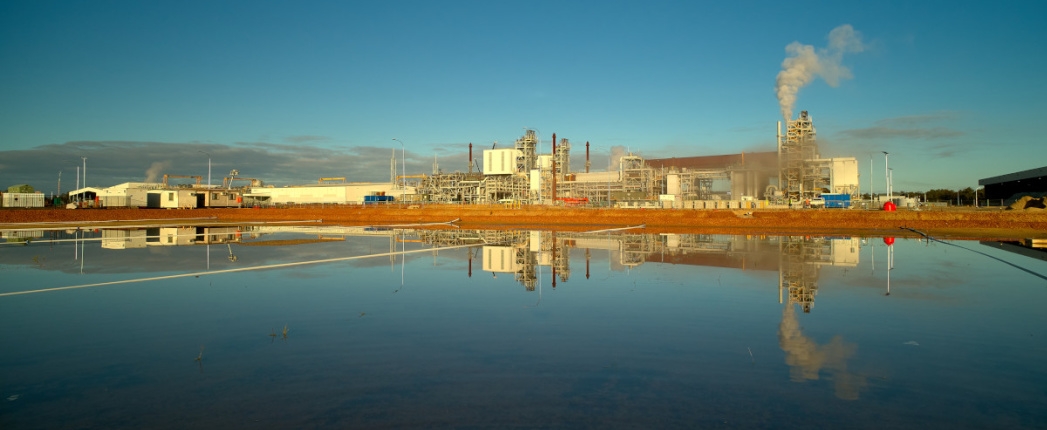
Germany’s GEA announced today that it will supply equipment toward expansion of Albemarle’s lithium hydroxide processing plant in Western Australia. The expansion is the second phase of plant construction, which began in 2019, and is due to be completed in 2025.
Australia surpassed Chile in recent years to become the world’s largest producer of lithium derivatives, which are used to thicken lubricating greases and for other applications such as batteries and production of glass.
Construction of Albemarle’s plant in Kemerton, Western Australia, started in 2019. The first two production trains – which have combined capacity to produce 50,000 t/y of lithium stearate – were completed in 2022, and preparation is underway for full operation later this year.
A final investment decision is expected in the second quarter of this year for an expansion involving processing strands 3 and 4, which would increase production capacity to 100,000 t/y. The plant will process spodumene ore – containing 6% lithium oxide – transported from the Talison mine in Greenbushes to produce lithium hydroxide and a sodium sulfate byproduct. The U.S. Geological Survey in 2019 noted that Australia’s spodumene concentrate production increased by about 40% in 2018.
GEA has agreed to provide filtration and sedimentation centrifuges for the expansion. The German technology group will supply four different types of centrifuges – screen screw, decanter, peeler and pusher – for the processing lines of each refinery. The centrifuges are an important component in overall process flow at the plant, especially for the mechanical separation of sedimentation, the company explained.
Lithium must be either mined or produced from lithium brines. According to U.S. Geological Survey statistics, Australia’s lithium mine production totaled 61,000 tons in 2022, compared to 39,000 tons in Chile last year. In 2021, Australia’s production was 55,000 tons, compared to 26,000 tons in Chile.
Lithium and lithium hydroxide are in particularly high demand for lithium-ion batteries for electric vehicles and smartphones, but its use in applications outside energy are also growing. GEA cited their use in pharmaceuticals, manufacture of glasses and ceramics, rubber, for photo developers and in production of borates – salts or esters of boric acid. It is also finding use as an air purifier because of its carbon dioxide-binding effect. For that reason, GEA noted, it has become important in space travel, on submarines and in diving equipment with pendulum breathing rebreathers.
Albemarle is headquartered in Charlotte, North Carolina, in the United States.